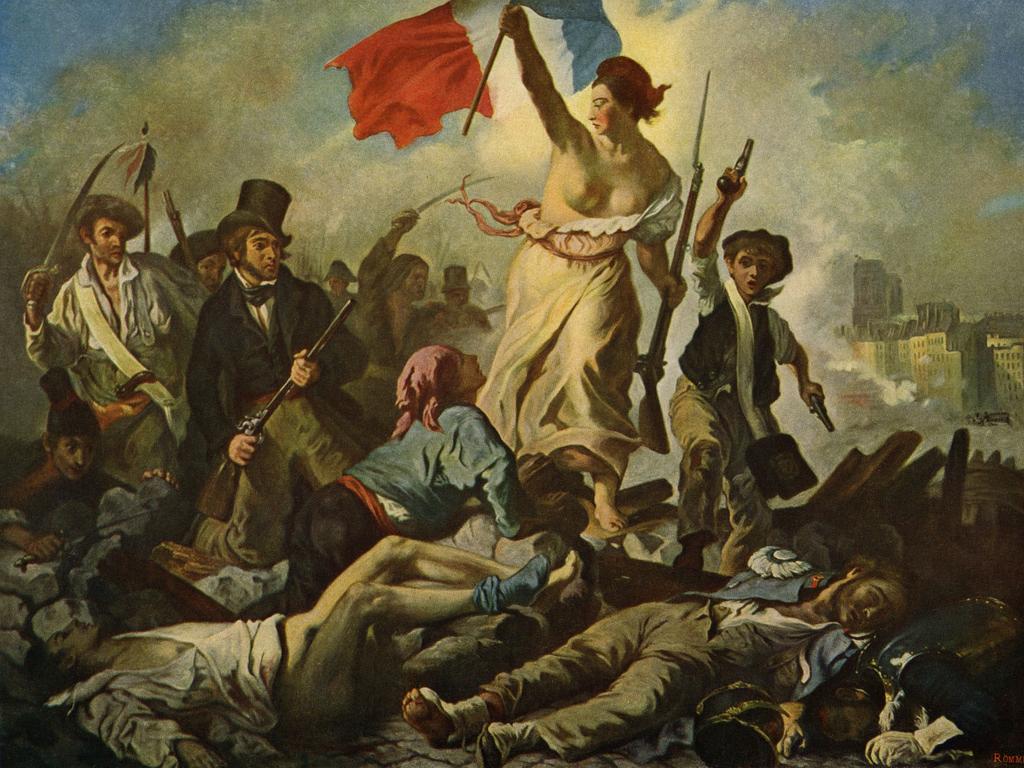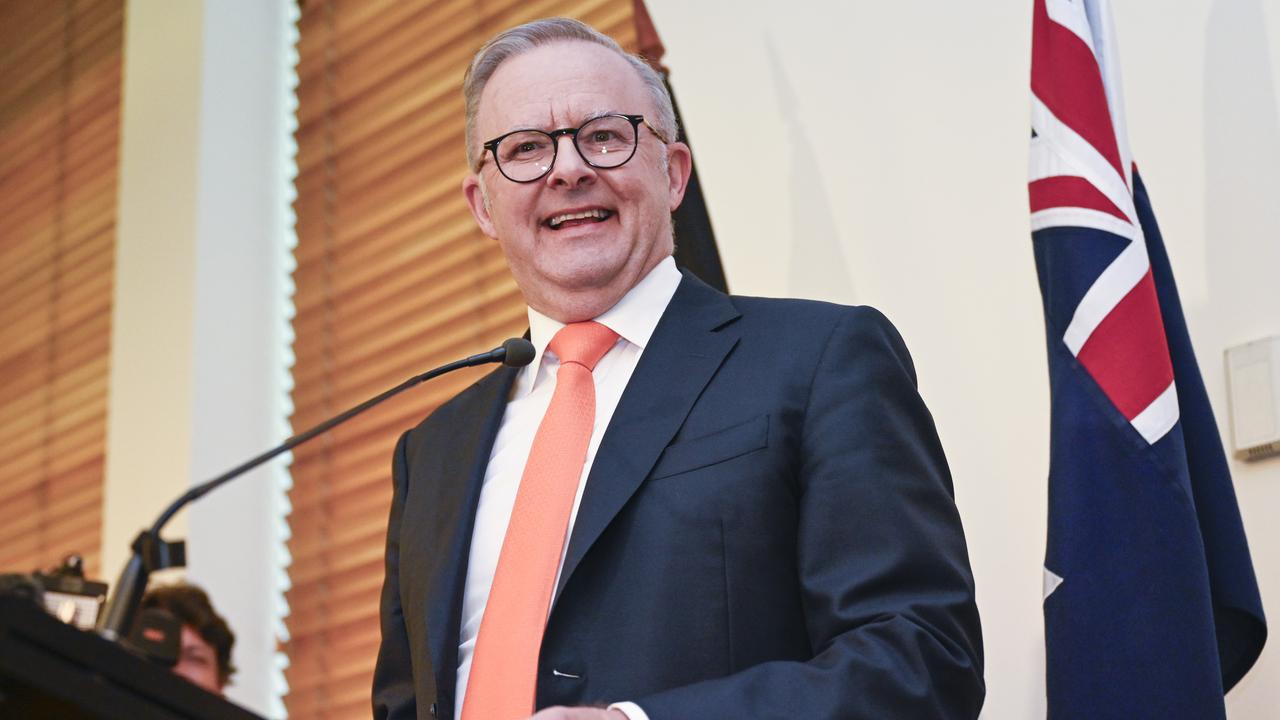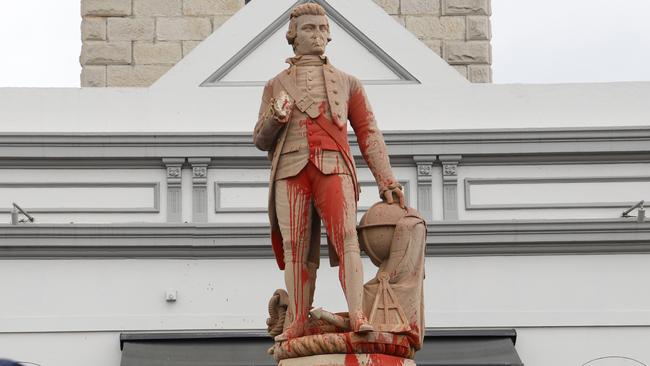
We are just days away from Australia Day. I had in mind to update an essay I wrote for The Australian in 2014, The Shorter History of Australia.
It ventured into street corner astrophysics with a questionable thesis that the Big Bang, the great cosmic inflation was for the sole purpose of the creation of Australia.
Afterwards, I wrote, the universe expanded and cooled while going through various chemical transitions which created matter – the building block of Australia.
At first Australia started out as part of Africa, South America and the Middle East. Everyone seemed to get on pretty well but fearing a stink was inevitable, Australia politely severed all ties with its neighbours about 500 million years ago, shrugged off Antarctica and headed north where there was a lot of space and some very nice beaches.
European contact was a crap shoot and as many will opine this Australia Day, we were fortunate to have the British as our colonial masters.
Clod-footed explorers from Portugal, Spain and the Netherlands all had a crack but continental Australia remained a vast question mark in the middle of the two largest oceans on Earth.
Had the Belgians been keen on yachting, it’s safe to say we would have a thriving prosthetic industry now if the experience in the Congo is anything to go by.
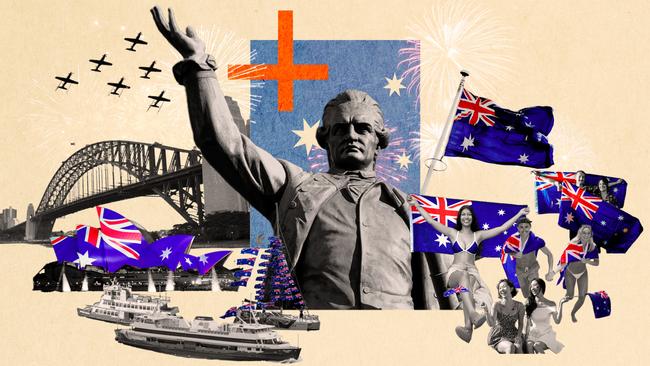
It could all have been very different.
In what amounts to one of the great real estate disasters in history, navigator and former boss hog of the Dutch East Indies Company, Willem Janszoon dropped anchor at Cape York in 1602 but shot through almost immediately.
Later, as I wrote back then, Abel Tasman circumnavigated Australia without actually seeing any of it – with the exception of a bit of southern Tasmania, which he mistook for something else.
Exhausted and with his teeth falling out from scurvy, he returned to his master, Anthony van Diemen, then governor-general of the Dutch East Indies. Collapsing at Van Diemen’s feet, Tasman reported, “If Australia’s out there, I’m buggered if I can find it.”
As we all know, Great Britain took dibs on the great stonking land mass that is Australia when James Cook arrived at Botany Bay, bunged a flag in the beach and declared: “I hereby proclaim this country in the name of whatever demented, syphilitic madman has assumed the throne since I left the place in what seems a lifetime ago.”
Australia’s Indigenous people peered over the sand dunes and replied, “Oh, a country. Is that what this is? And here’s us thinking we were living in an existential vortex.”
Maritime law aside, Cook’s arrival was the historical equivalent of cabana staking, a practice frowned upon on our beaches now.
But his arrival on the Endeavour meant that the vast continent, almost entirely unmapped, was reserved for Great Britain when they decided to show up.
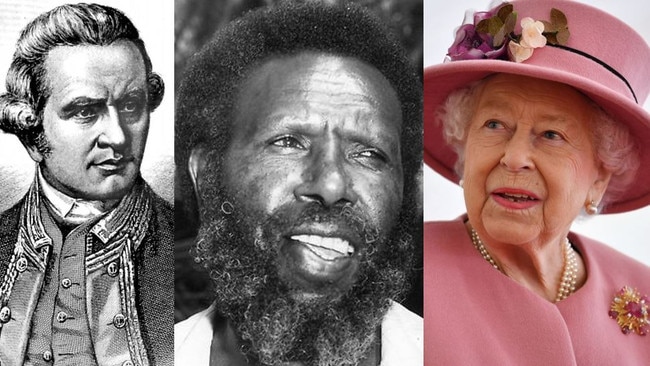
Eighteen years after, Arthur Phillip herded Britain’s social flotsam off 11 ships on the Port Jackson and the rest is history. The great expedition over, British hanky thieves, malcontents and yes, sex slaves celebrated their arrival with a drunken orgy much as we do on Australia Day now.
In the earliest manifestations of Terra Nullius, the people who called Australia home before the arrival of the Europeans, were attributed the legal status of poultry and it remained basically that way until Eddie Mabo called the lawyers in.
I determined the essay needed to be updated with a catalogue of the often hapless explorers who traversed the continent forlornly seeking an aquatic paradise somewhere west of Oodnadatta and died horribly along the way.
In the course of my research I came across a site called Pantheon World, which by some weird metric it calls the HPI (Historical Popularity Index) has listed Australia’s five top explorers.
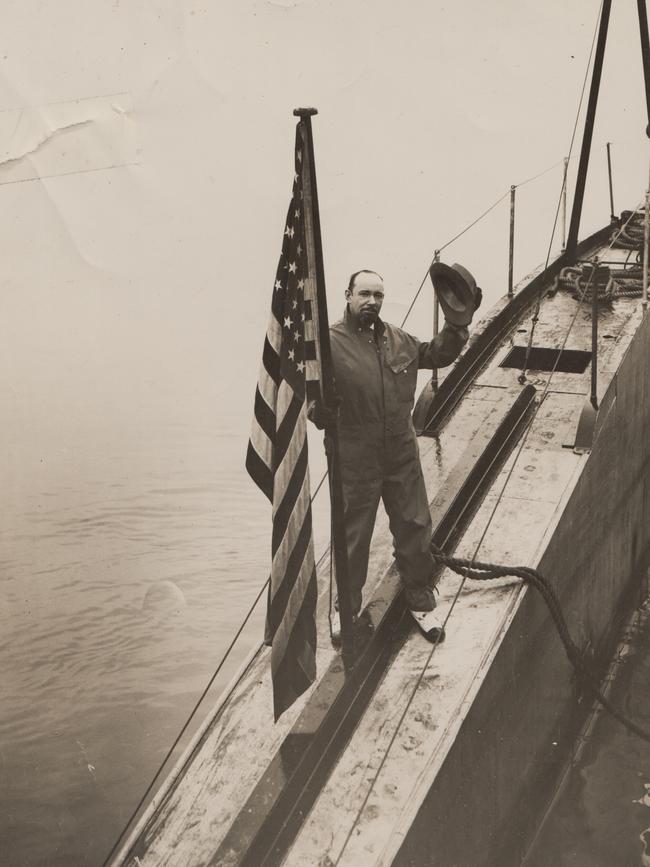
According to Pantheon World, top of the pops is the Spanish explorer, Luís Vaz de Torres who sailed between Australia and New Guinea in 1605. OK.
Then follows polar explorer Hubert Wilkins. All right.
At No.3 is Western Australia’s first premier, John Forrest, who led an expedition in 1869 into the vast Western Australian interior in search of Ludwig Leichhardt. The following year, Forrest made the first land crossing from Perth to Adelaide across the Nullarbor Plain. Hard work, no doubt.
Fourth is Hamilton Hume who, with William Hovell, wandered down from Sydney to Port Phillip Bay in 1824.
Who, according to this august online collection of broken algorithms is No.5, I hear you ask?
Will James Cook finally get a mention? Will it be the intrepid and fearless Ludwig Leichhardt? Maybe, the ultimately doomed but courageous Robert Burke or his sidekick William Wills? No. None of the above.
The fifth spot – bear with me now – is Tim Flannery. Yes, that Tim Flannery. Palaeontologist Tim Flannery. Conservationist Tim Flannery. It’ll never rain again in eastern Australia Tim Flannery. That Tim Flannery.
While Leichhardt may have packed some gear on a camel or two and headed off in search of the Birdsville races never to be seen again, Tim Flannery had commercial aviation, motor vehicles, GPS locators and all the modern accoutrements of the 4WD drive enthusiast.
What did he discover? Maybe a nice hotel in Lightning Ridge that serves up a hell of a chicken parma. Four stars.
None of this is Flannery’s fault, of course, and I imagine he would greet the news of this piece of internet stupidity with some embarrassment.
It does go to show, however, that if you make enough noise in Australia, you’ll end up on a list somewhere and achieve a moment of fame.
Back when I wrote the Short History of Australia, which has long disappeared into the online ether, I gave the following advice: “Australia has been served up on a plate. So this Australia Day, stick your face in and suck the succulent morsels right up through your nostrils.”
That advice remains true today. Go make some noise.


